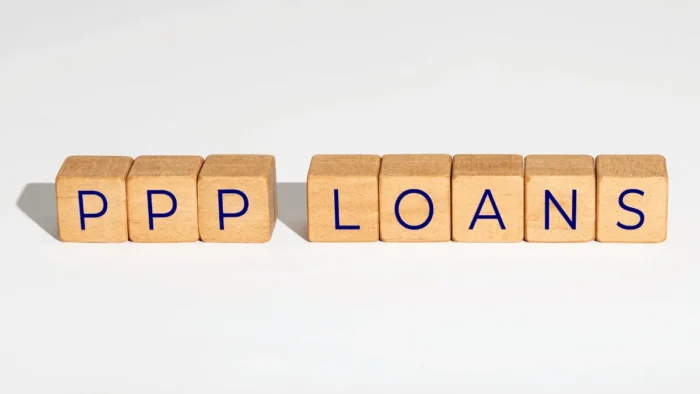The Payroll Protection Program is a federal initiative designed to keep businesses open and hire and maintain salaries during the coronavirus pandemic. It was expanded by the CARES Act to allow it to be used for non-payroll costs.
Your business must meet certain criteria to qualify for the Payroll Protection Program. Here we will explore who is eligible and what criteria must be met.
Businesses With Fewer Than 500 Employees
The Coronavirus Aid, Relief, and Economic Security (CARES) Act included a $349 billion fund to support companies with fewer than 500 employees remaining open throughout the COVID-19 epidemic. Specifically, the Paycheck Protection Program offers eight weeks of cash flow assistance through 100% federally-guaranteed loans. These funds support payroll and other costs like rent, mortgage interest, utilities, and operations expenditures.
Up to 2.5 times a company’s typical monthly salary may be borrowed in the initial round of PPP loan application, and a part of the loan might be forgiven if certain conditions were met. However, the passage of the PPP Flexibility Act 2020 relaxed many of these guidelines.
Businesses With Fewer Than 20 Employees
As part of the Coronavirus Aid, Relief & Economic Security Act (CARES), the Payroll Protection Program provided forgivable loans to help businesses cover payroll and other operating expenses during the COVID-19 pandemic.
Additional funds are intended to meet the requirements of small company owners who might not yet have established banking links or may have been turned down for PPP loan applications in earlier rounds.
The loans are based on 2.5 times the average monthly payroll expense and can be used for eligible costs, including paying employees and contractors; buying supplies; renting or leasing equipment or space; paying for property damage; operating expenses; and interest on debt payments. See the rules for details.
Businesses With Fewer Than 10 Employees
A Payroll Protection Program loan can cover up to 2.5 times the typical monthly payroll expenditures for businesses with less than ten employees. The loans can be used to maintain or rehire employees and cover business expenses such as rent, mortgage interest, utilities, property damage costs, supplier costs, and workers’ compensation.

The loan funds are not to be used for advertising or marketing purposes and can only be spent on the direct costs of running your business. In addition, the loans are not intended to replace any other type of disaster relief.
The PPP is a fully forgivable loan, meaning the funds must not be repaid. However, there are rules to follow, and it’s important to understand the limits. We recommend checking with your legal, tax, benefits, or accounting advisor before making any decisions.
Businesses With Fewer Than 5 Employees
The federal government rolled out funds for the Payroll Protection Program, or PPP, to help small businesses continue paying their employees during the coronavirus pandemic. The PPP program offered federal-guaranteed loans to cover payroll costs and non-payroll expenses. These loans were also forgivable if they were used for approved purposes—however, the program needed to be revised in some ways.
For instance, it did not fund the geographic areas and business sectors hardest hit by the pandemic. It also relied on private-sector financial institutions to mediate the funding distribution.
As a result, there were significant disparities in who received the funding and how much they received. In addition, the program did not adequately support short-term compensation arrangements such as work-sharing and rehiring incentives. This issue brief examines these findings and recommends course corrections for Congress and the Small Business Administration to consider moving forward as the last round of PPP funding is deployed.





